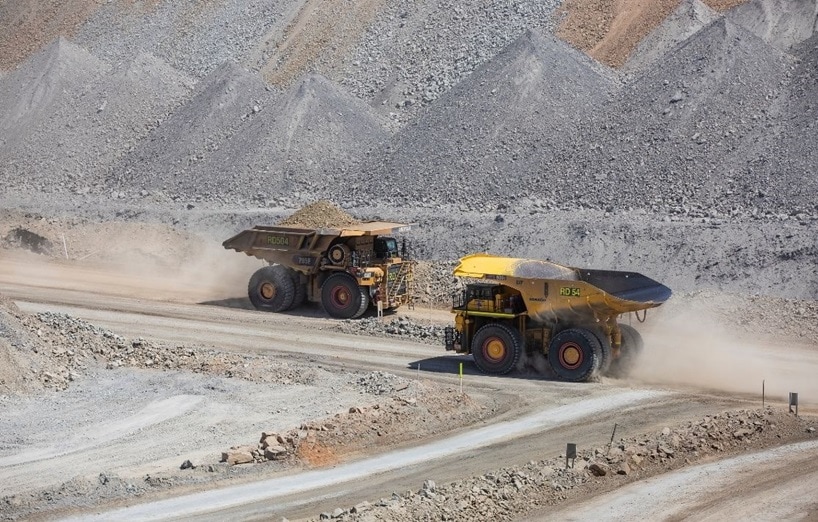
BHP Group announced plans to decarbonize its mining operations, outlining a process that may well serve as a template for the industry, but also shows how the reality is quite different from hope.
In a remarkably frank presentation last week the world’s largest mining company showed how it intends to reach net-zero emissions at its global operations.
The headline news is that BHP believes it will reduce its Scope 1 and 2 emissions, which cover the production process, by at least 30% by 2030 from 2020 levels, and then reach net-zero by 2050.
The 30% cut by 2030 may disappoint climate activists who want to see a swifter decarbonization process, and BHP was honest enough in the presentation to say the “pathway will not be a straight line, nor will it be smooth”.
What BHP is touting is a process it calls credible and cost-effective, and it’s these aims that are worth examining.
BHP is the world’s biggest miner of coking coal, used to make steel, and ranks third in iron ore, the main steel raw material.
It is also a major producer of copper and nickel and is ramping up its potash operations.
The bulk of its iron ore and coal is produced at huge mines in Australia and the largest contributors to emissions from these mines are diesel, purchased electricity, and captive natural gas power generation.
Diesel accounts for 76% of the emissions at the iron ore operations in Western Australia state, and 45% at the BHP Mitsubishi Alliance coking coal mines in the northeastern state of Queensland.
The majority of the diesel is used in haul trucks, with a smaller share being consumed by trains and other vehicles.
BHP plans to switch its diesel trucks to battery-powered vehicles, but this will take some time and also involves more than just buying new equipment.
It requires significant investment in renewable power generation and associated battery storage.
It means reworking operations to ensure that batteries can be recharged and swapped in order to enable continuous operations, as well as developing skills to run the new machinery.
BHP said it expected electric trucks would ultimately cost more or less the same to operate as the current diesel fleet.
This is both a positive and a negative, as it means there is little financial incentive, or indeed penalty, in switching to electric vehicles, thereby making meeting decarbonization goals the main justification.
Converting BHP’s iron ore mines to run on renewable electricity will involve a major investment in solar, wind and battery storage, with the company estimating it will need up to 200 megawatts (MW) each of wind and solar and storage of 150 MW.
This will largely, but not fully, replace the current 190 MW gas-fired plant that provides the electricity to power the mines.
The overall message from BHP is that it is advancing plans to reduce its Scope 1 and 2 emissions.
But the process isn’t easy and is really only viable if it makes commercial sense.
Making the economics stack up effectively means taking a longer period to buy new assets, while running the existing fleet to end of life.
BHP will no doubt face criticism that its plans are not ambitious enough, or will take too long.
It is also likely to have to take steps to tackle Scope 3 emissions, created when products are used by end buyers.
In a 2022 report BHP estimated its 2020 Scope 1 and 2 emissions from operations at 15.9 million metric tons, which was only 4.3% of Scope 3 emissions of 369.5 million.
It is clear that the bulk of the work to be done in cutting emissions from the mining value chain is at the Scope 3 level, which includes maritime transport of ores and the use of coal to make steel and refine other metals such as copper and nickel.
How involved mining companies can, or should be, in reducing Scope 3 emissions is another debate.
For now, BHP has shown it can cut emissions at its operations in a way that makes economic sense, even if it is at a pace that can be criticized as too slow.
(The opinions expressed here are those of the author, Clyde Russell, a columnist for Reuters.)
(Editing by Clarence Fernandez)
Comments